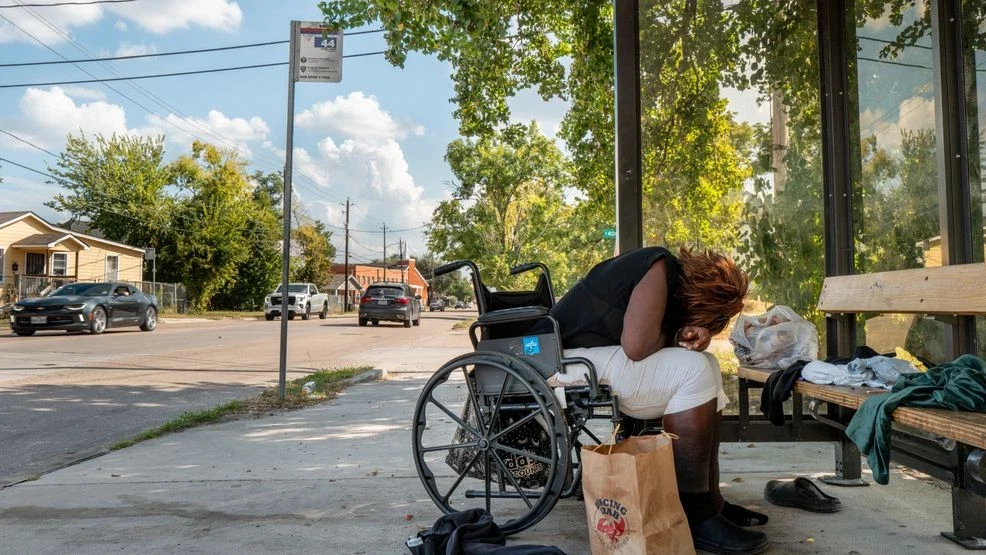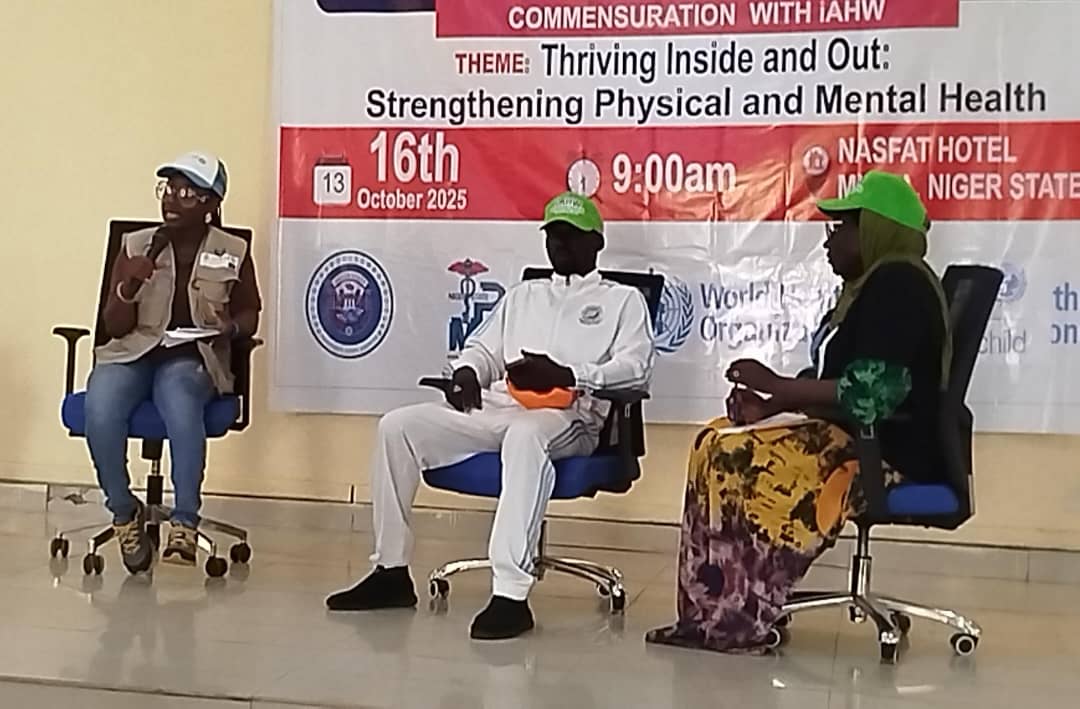Copyright Baltimore News

Americans pour staggering amounts of money into the fight against homelessness every year, through federal programs, state funding, and private donations. Yet a new analysis argues that despite the spending surge, the crisis keeps deepening. A study released by the , a conservative policy group, claims the nation isn’t short on compassion or cash. Instead, it says the problem lies in how that money is managed. Researchers reviewed 759 nonprofits that filed briefs in a 2024 Supreme Court case over public camping and found they collectively took in $9.1 billion, including $2.9 billion in government grants. According to CRC, many of these organizations have evolved from front-line service providers into advocacy operations, channeling more time and resources into lobbying, public relations, and court battles than into housing or rehabilitation. Meanwhile, federal data tell a grim story. The reported there were 771,480 people experiencing homelessness on a single night in 2024, the highest figure ever recorded and an 18% jump in just twelve months. CRC contends those numbers highlight a system where oversight lags far behind the dollars being distributed. Yet there are pockets of progress: veteran homelessness dropped by roughly eight percent nationwide, showing that targeted, accountable programs can still deliver. The “Homeless Industrial Complex” Debate CRC’s analysis goes further, arguing that a sprawling “Homeless Industrial Complex” has emerged, a network of nonprofits and advocacy groups that, in the group’s view, thrive on maintaining the problem they claim to fight. reinforce how high the stakes have become. In 2024, California and New York had the largest homeless populations and the steepest rates nationwide. The national average sits around 23 homeless individuals per 10,000 residents; California’s rate is 48, and New York’s is 81. out California’s Housing First policy, which prioritizes getting people into permanent housing without requiring sobriety or treatment, as a major misstep. After the state mandated that nearly all homelessness funding follow that model between 2015 and 2019, unsheltered homelessness rose about 47 percent, according to CRC’s review. dispute that conclusion, arguing that soaring rent, fentanyl addiction, and gaps in mental-health care have far more to do with the spike than the housing policy itself. Still, CRC’s findings have revived a broader national conversation about whether current strategies measure success by outcomes or by spending totals. In the end, the report’s question lingers: Is America solving homelessness — or just financing it?



